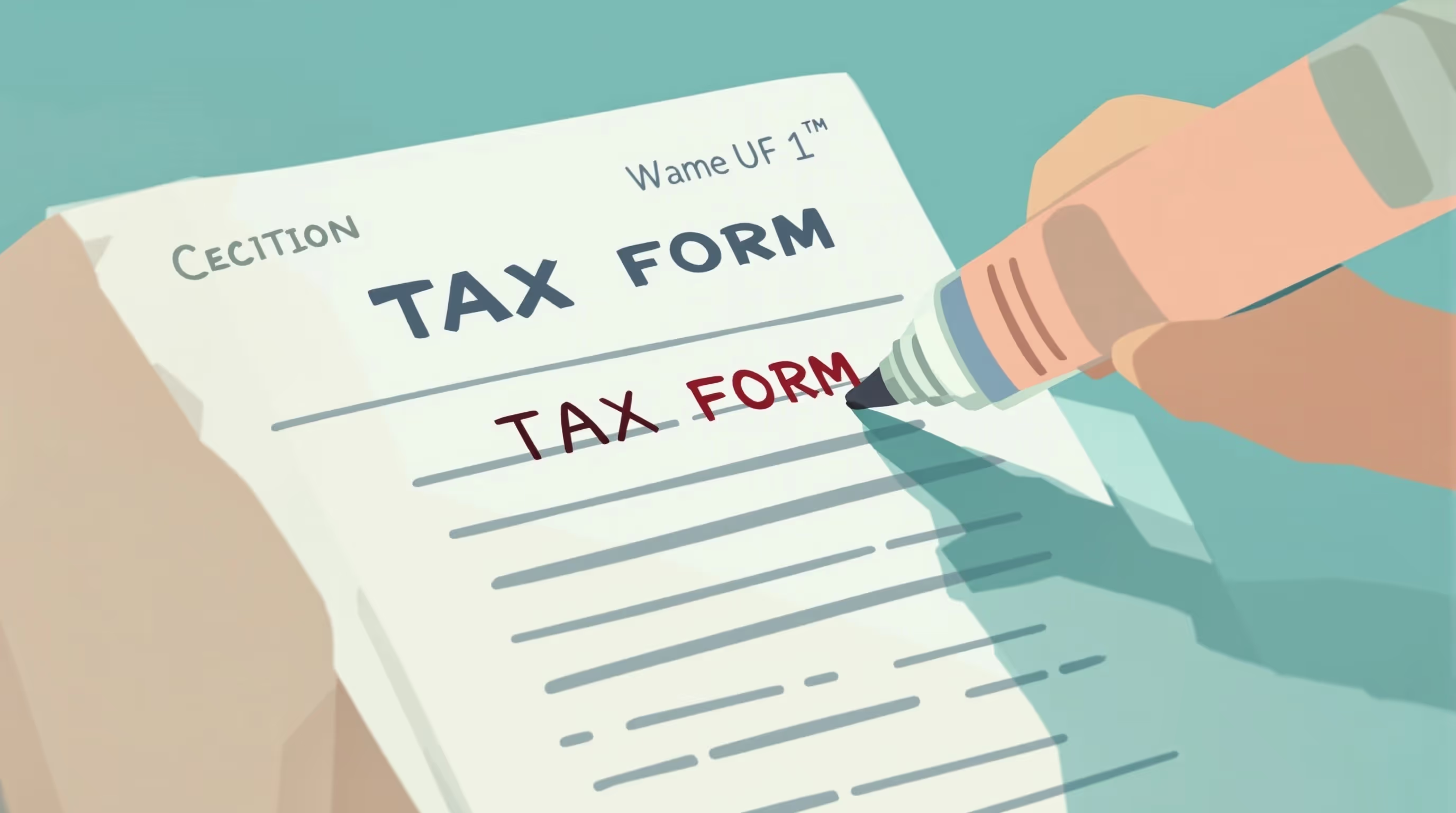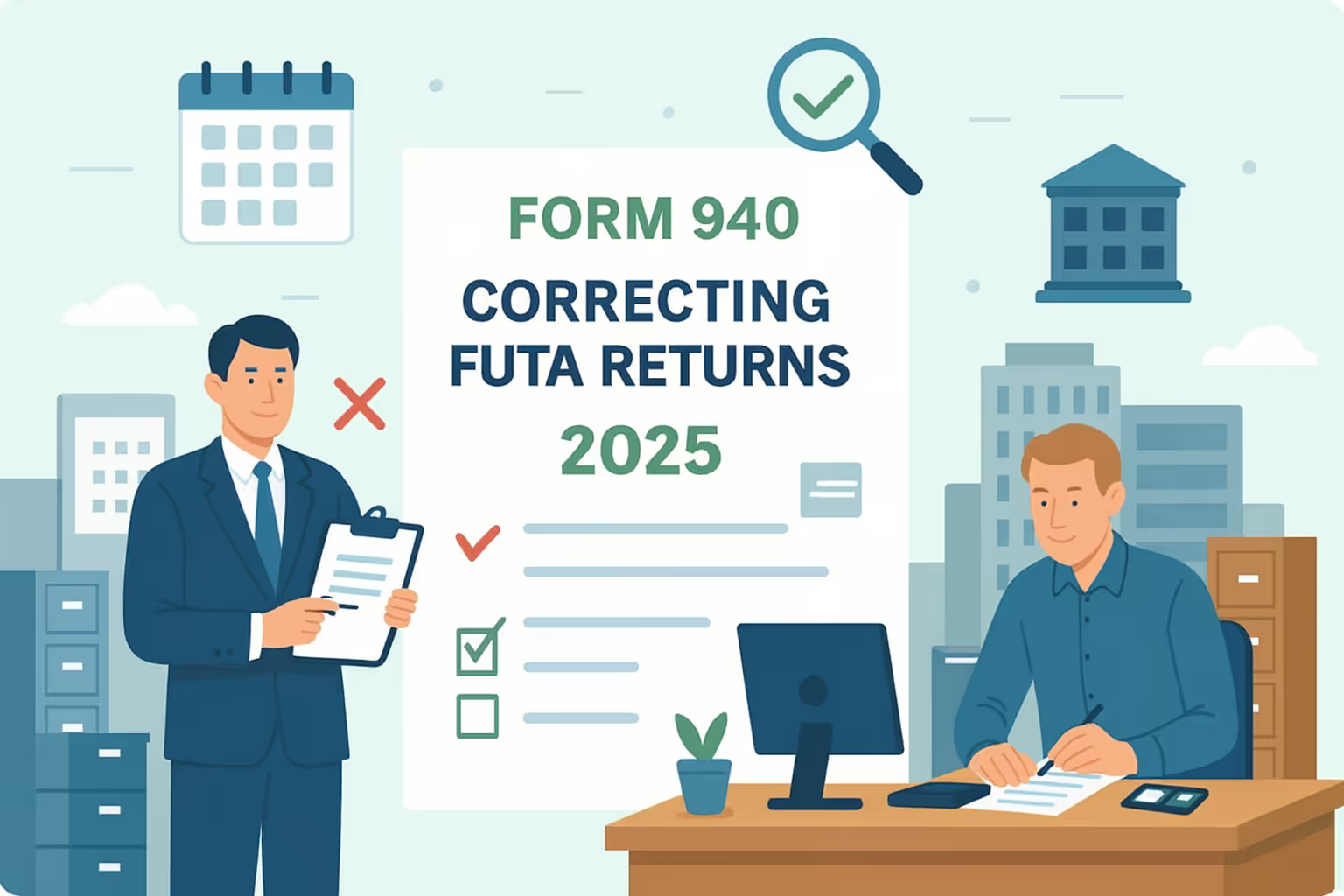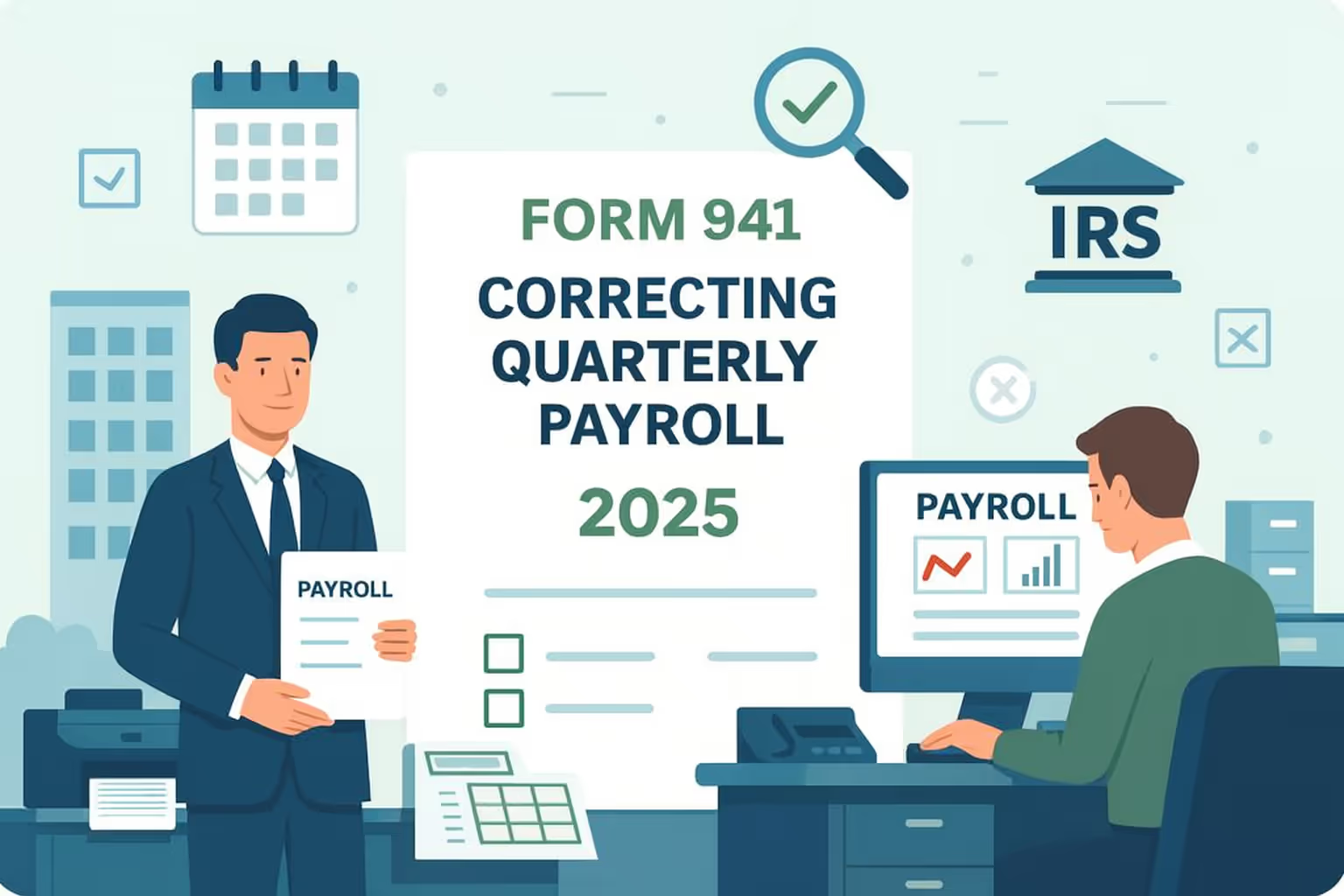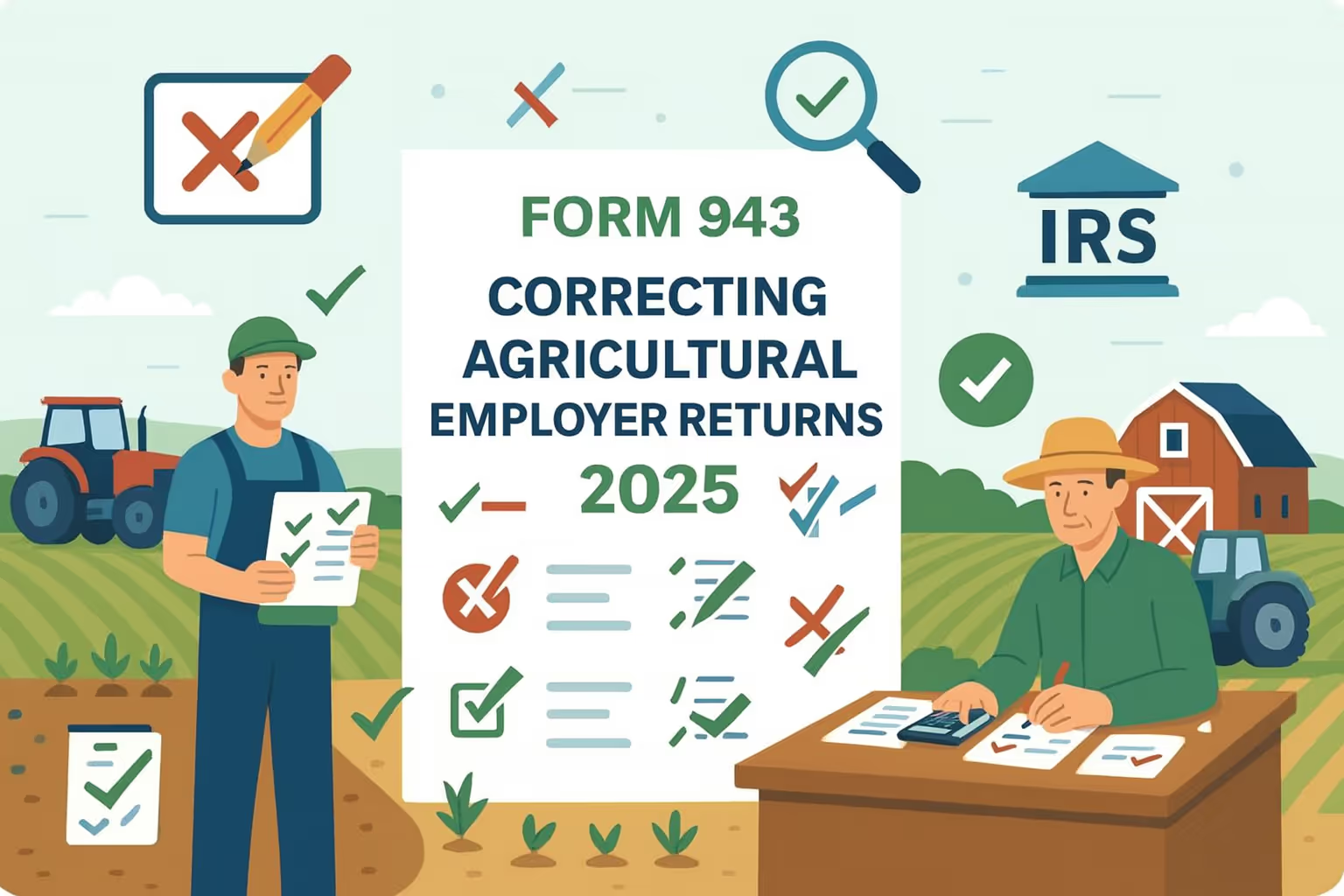IRS Form 941-X (2023): Late & Amended Filing Guide

What IRS Form 941-X (2023) Is For
IRS Form 941-X (2023) is a corrective form employers use to fix mistakes made on a previously filed Form 941, also known as the Employer’s Quarterly Federal Tax Return. It ensures accurate reporting of employment taxes, including federal income tax withholding, Social Security tax, and Medicare tax, that were initially submitted to the Internal Revenue Service.
This form is essential when employers, local governmental entities, Indian tribal governmental entities, or exempt organizations identify discrepancies in taxable wages, payroll taxes, or additional Medicare tax withholding. It also helps correct income tax withheld from employees’ pay, taxable Social Security wages, and Medicare wages. Filing the correct information through Form 941-X maintains compliance with federal tax laws and prevents penalties related to inaccurate reporting. The form can address overreported and underreported tax liabilities while maintaining accurate employment tax records for the tax year.
To learn more about other essential employer tax forms and their purposes, visit our IRS Form Help Center for comprehensive guides and filing support.
When You’d Use IRS Form 941-X (2023)
You should file Form 941-X when you discover the inaccurate information reported on your original Form 941 for any quarter. This applies to both overreported and underreported tax amounts.
- Correct underreported taxes: File Form 941-X when you realize you failed to report all taxable wages, tips subject to withholding, or income tax withheld in a specific quarter.
- Correct overreported taxes: Use this form when you reported higher payroll taxes than owed, allowing you to request a refund or reduce future liabilities.
- Adjust Medicare or Social Security wage errors: File the form if the initially reported Medicare wages, taxable Social Security wages, or additional Medicare tax withholding were incorrect.
- Claim missed credits: Use the form to claim omitted payroll tax credits, such as the COBRA premium assistance credit or the employee retention credit.
- Respond to IRS discrepancy notices: File after receiving an IRS notification about inconsistencies in federal tax liabilities or income tax withholding.
Since Form 941-X corrects errors on the original Form 941, employers can review our Form 941 (Quarterly) guide to understand what information it reports and how to ensure accuracy on future filings.
Key Rules or Details for 2023
Specific 2023 rules govern the completion and filing of IRS Form 941-X (2023) for accurate reporting. These details are essential when adjusting federal tax liabilities or correcting errors from previous quarters.
- Employment tax credits: Employers may only correct previously reported payroll tax credits, such as the employee retention credit or qualified sick and family leave wages, since these programs ended before 2023.
- Qualified research credit: For tax years beginning after December 31, 2022, small businesses may claim up to $500,000 as a payroll tax credit against the employer’s share of Social Security tax.
- Interest-free adjustments: The IRS provides interest-free treatment if employers file corrections promptly using the adjustment process within the specified timeframe.
- Period of limitations: Employers generally have three years from the original filing date or two years from the payment date to correct overreported or underreported taxes.
- State reporting requirements: State agencies such as the Wisconsin or Wyoming Department may require separate amended filings based on their regulations.
Step-by-Step (High Level)
Employers must follow a structured process to correct previously reported errors and maintain compliance with the IRS requirement to complete and file Form 941-Xs.
- Gather your records: Obtain your original quarterly federal tax return, payroll documentation, and any IRS transcripts to verify what was reported on Form 941.
- Choose the appropriate process: Select between the adjustment process, which applies credits to future returns, or the claim process, which requests refunds for overreported taxes.
- Review your data for accuracy: Ensure all taxable wages, Social Security wages, taxable Medicare wages, and income tax withholding amounts are corrected and verified.
- Attach required schedules and forms: Include any amended Schedule B, corrected Forms W-2c, or Schedule R for aggregate filers to ensure accurate reconciliation.
- File Form 941-X correctly: File electronically through IRS-approved software or mail the form to the correct postal service address based on your location or legal residence.
- Keep complete documentation: Retain copies of every separate form, correspondence, and supporting schedule to confirm compliance with IRS recordkeeping rules.
Struggling with back payroll taxes or unfiled forms? Our Business Tax Relief team can help negotiate directly with the IRS to reduce liabilities and restore compliance.
Common Mistakes and How to Avoid Them
Employers often make avoidable mistakes when filing IRS Form 941-X (2023), which can delay processing or result in penalties. Being aware of these errors helps ensure accuracy and compliance with IRS standards.
- Filing one form for multiple quarters: Always file a separate form for each tax period; combining multiple quarters on a single submission can lead to rejection or delayed processing.
- Selecting the wrong process: Choose only one option; the adjustment process applies corrections to future filings, while the claim process is used to request refunds for overreported taxes.
- Providing vague explanations: Clearly describe the reason for each correction on the form; incomplete or generic explanations can result in additional IRS correspondence.
- Omitting amended schedules: Include an amended Schedule B when correcting employment tax liability for semiweekly schedule depositors.
- Failing to submit corrected wage forms: Attach corrected Forms W-2c whenever changes affect reported wages, tips subject to withholding, or Medicare wages.
- Missing filing deadlines: Submit Form 941-X by the quarter's due date in which the error was found to qualify for an interest-free adjustment.
- Correcting administrative details: Do not use Form 941-X for administrative errors; use it only for tax liability corrections involving overreported or underreported tax amounts.
If payroll errors have led to ongoing IRS notices or penalties, explore our guide on Payroll Tax Issues to understand how to resolve discrepancies effectively.
What Happens After You File
After filing IRS Form 941-X (2023), the Internal Revenue Service reviews the correction and issues a written notice confirming acceptance, denial, or examination. Processing times depend on whether the submission involves employment tax credits, payroll taxes, or federal tax liabilities reported on the original return.
The IRS issues refund checks with applicable interest for claim process filings, while adjustment process filings result in credits applied to future returns. You may request an installment agreement using Form 9465. If you owe additional taxes, penalties, and interest, these amounts can continue to accrue until all outstanding balances are paid in full.
If the IRS continues collection activity or issues a notice after your correction, review our detailed IRS Collection Process guide to understand the next steps and how to protect your business.


.avif)


.avif)
.avif)










